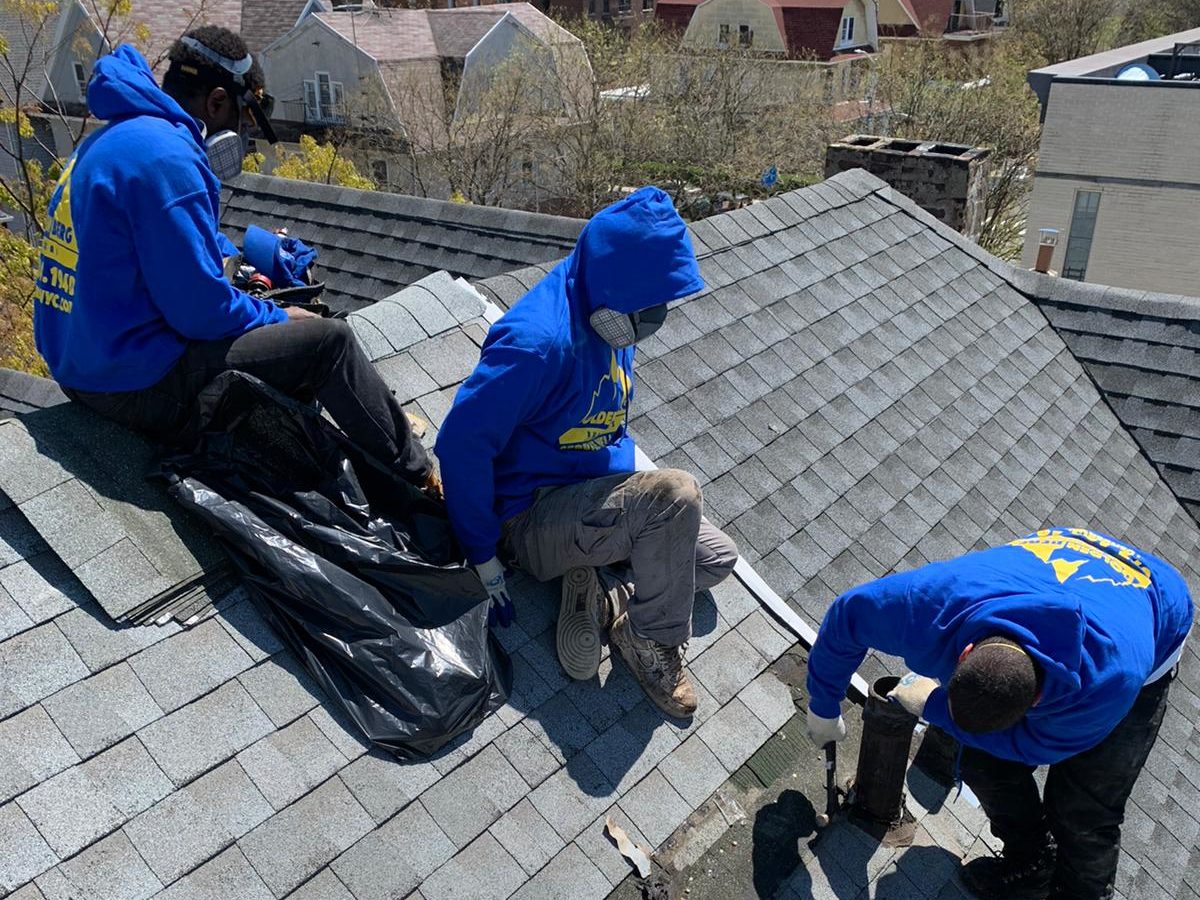
Today, the hip roof is one of the favorite roof designs for homeowners and property managers, thanks to its durability and the unmatched curb appeal it gives to homes.
There are many factors to consider when choosing a roofing material and roof design. As there is a wide range of options out there for you, your roof style choice can make a dramatic difference in how your home looks. Each roofing style and design impact the aesthetic appeal of homes differently. Choosing the right design is a combination of understanding the structure of your roof, climate concerns, and architecture. But one of the roof designs that stands out from the rest is the hip roof, applied for its structural integrity and aesthetic value.
The hip roofs have four sloping sides without gable ends. This roof design is rectangular shaped. During the 18th century, hip roofs became popularized. Many homes in the mid-Atlantic and Southern regions of America featured these roofs with a brick structure. Hip roofs remained a common choice among homeowners in the 50s.
Fast forward into the 21st century and, hip roofs have remained a beloved choice of many homeowners. This is thanks to the many advantages associated with these roofs.
Aesthetic Appeal: These roofs have high aesthetic appeal when added to a home and can increase the building’s value. Because the angles on hip roofs are less pronounced, virtually any shingle texture or material is suitable for them. Be it clay tiles, asphalt, or slate, hip roofs can accommodate them all.
These types of roofs also improve the curb appeal of buildings. This spectacular design has been adopted in building a church and some high-standing governmental structures. They offer an interesting mix of traditional home styling and modern design.
Durable: Hip roofs are very durable, thanks to their design. Statistical reports have shown that this type of roof can last as long as fifty years if appropriately constructed with utmost care.
Weather Protection: Regions that face high wind and heavy snowfalls are advised to use hip roofs. Their slant makes it easy for rainfall and snow to slide off with ease. They are also able to withstand hurricanes and thus perform well in hurricane-prone areas.
Energy Efficient: Hip roofs not only perform well in rainy or windy weather, but they are also outstanding in warm climates. During the summer, hip roofs work well in managing heat and keeping your house cool. The secret to how they do this is in their design. The four sides of the roof adequately protect the home from all forms of extreme weather conditions, making them energy efficient.
Extra Living Space: Because of their design, additional living space can be created under hip roofs if built with a dormer.
Effective Drainage System: The slopes of the roof act as an excellent drainage system for your home. Not only that, but they can also support gutters to drain water off properly.
Before you get that roof installed, there are few things to consider when it comes to hip roofs. Firstly is their cost of installation. Hip roofs are relatively more expensive than gable roofs. Their more complex design requires more building materials for workers to construct them properly. And, of course, the job will call for highly skilled laborers who can handle its complexity. This will also increase the cost of labor for the roof. All these things contribute to the higher cost associated with hip roofs.
Earlier on, we mentioned that the roof’s sloping sides provided reliable drainage for a building. However, this does not change the fact the building is still susceptible to damage from water. The increased number of seams puts it at high risk of leakages. However, through proper installation and maintenance, you can address this challenge.
Another thing is to consider when installing this roof is your ventilation options. It is not easy to add ventilation to hip roofs because of their aerodynamic nature. Whenever you interfere with the roof profile on one side, all the other sides feel the impact. Moreover, this could lead to mold and mildew buildup, which will negatively affect the house occupants. One way to get around ventilating the building when using venting fans is to use venting fans.
Pyramid Hip Roof
The pyramid hip roof is just as the name suggests. Four equal triangles meet at a singular point at the rooftop, creating a pyramid shape.
Dutch Gable Hip Roof
This roof type is a hybrid of a gable roof and a hip roof. The roof’s design usually has a full or partial gable found at the end of a ridge. This allows for more internal roof space. It also improves the aesthetic appeal of a building because it is a less common design.
Cross Hip Roof
The best way to visualize a cross-hipped roof is to imagine two hipped buildings put together. The two rooftops meet at their ends and create a seam called a valley.
Half Hip Roof
Also known as the jerkin heads or clipped gables. They have two short sides that form eaves.
Simple Hip Roof
These are the most common type of hip roofs. Their four sides consist of two polygons and two triangles. All sides of the roof meet at the top to form a ridge.
Bottom Line
Hip roofs are a popular roof choice in the USA. There are many reasons why you should pick them over other forms of roofing. They add to your home’s aesthetic appeal, and they are resistant to many extreme weather conditions. Not to mention very durable. The only thing to keep in mind when opting for a hip roof is that they are relatively more expensive than other roofs. Above all, roofing is never complete till professionals do it. To get the very best roofing services in New York, GoldernBerg Roofing,1274 5th Ave New York, NY 10029 (212) 457-1324 https://bestroofingnyc.com/, is the best local roofer near you. Call GoldernBerg Roofing now for free estimates.